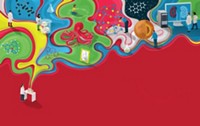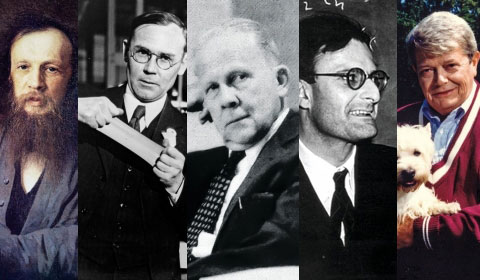Advertisement
Grab your lab coat. Let's get started
Welcome!
Welcome!
Create an account below to get 6 C&EN articles per month, receive newsletters and more - all free.
It seems this is your first time logging in online. Please enter the following information to continue.
As an ACS member you automatically get access to this site. All we need is few more details to create your reading experience.
Not you? Sign in with a different account.
Not you? Sign in with a different account.
ERROR 1
ERROR 1
ERROR 2
ERROR 2
ERROR 2
ERROR 2
ERROR 2
Password and Confirm password must match.
If you have an ACS member number, please enter it here so we can link this account to your membership. (optional)
ERROR 2
ACS values your privacy. By submitting your information, you are gaining access to C&EN and subscribing to our weekly newsletter. We use the information you provide to make your reading experience better, and we will never sell your data to third party members.
Pharmaceuticals
Newscripts
Romance Novel Chemistry, Molecules For A Remote Isle
by Carmen Drahl
July 26, 2010
| A version of this story appeared in
Volume 88, Issue 30

It’s not every day that the heroine of a romance novel is a chemist. But if it were up to Heather Snow, that might happen more often.
“They say when you’re a new writer, you should write what you know,” Snow says. And she has. The author, who majored in chemistry at the University of Missouri, Kansas City, is getting quite a bit of buzz for her debut manuscript, “Sweet Enemy,” a HISTORICAL ROMANCE in which the central science takes center stage. In fact, the story is up for a Golden Heart Award, essentially the equivalent of an Oscar for first-time romance novelists nationwide.
“Sweet Enemy” isn’t published yet, but Snow filled Newscripts in on a few of the details about its plot. Alas, there aren’t any steamy scenes atop a lab bench.
The heroine, Liliana Claremont, is the orphaned daughter of a well-respected chemist, and she’s out to solve the mystery behind her father’s murder. She initially thinks Geoffrey Wentworth, the Earl of Stratford, might have had a hand in the crime. Geoffrey and Liliana meet at a house party, and let’s just say that their chemistry proves potent.
Readers won’t encounter Liliana in the lab, but they will read about her using chemistry to get out of a few scrapes, Snow says. At one point, she doctors some gunpowder to win a shooting match.
The Golden Heart winners will be announced on July 31 at an awards ceremony in Orlando. Finalists will don ball gowns and get opportunities to meet book agents and publishers. “It opens a lot of different doors,” Snow says.
In case you’re wondering what happens to Liliana and Geoffrey, they agree to marry. But not before Geoffrey promises his bride-to-be a laboratory in his home.
If the protagonists in “Sweet Enemy” tied the knot today, they would likely jet off to some exotic isle for their honeymoon. And if they were to run into trouble deciding what to pack, Thomas U. Mayer and Andreas Marx of Germany’s University of Konstanz would be more than happy to make suggestions. Last month, they outlined the “Five Molecules We Would Take to a Remote Island” in the journal Chemistry & Biology (2010, 17, 556).
“If you imagine yourself as a CASTAWAY on an island you might pick water, glucose, penicillin, and ethanol in combination with aspirin,” Mayer and Marx write. But they went with five other molecules, which made the cut for their impact on medicine or for their intriguing discovery stories. The scientists chose the immunosuppressive drug FK506, the alkaloid antigout medication colchicine, the leukemia drug Gleevec, the synthetic carbohydrate antigen Quimi-Hib, and the antiviral drug cidofovir.
Mayer says he wasn’t quite sure what he’d write at first. He and Marx didn’t want to overthink things, so they highlighted the first molecules that came to mind.
The article appears in the “Crosstalk” section of Chemistry & Biology, which was “always meant to provide ideas that will stir the pot a little bit,” says Craig M. Crews of Yale University, an editor for the journal. Crews wrote an essay for the same issue entitled “Targeting the Undruggable Proteome: The Small Molecules of My Dreams.”
“I feel that chemical biology has matured enough that we can take a small pause, look back, point to the impact the field has had, maybe point the community in a direction that should be addressed,” Crews says. “We hope to do this more often.”




Join the conversation
Contact the reporter
Submit a Letter to the Editor for publication
Engage with us on Twitter